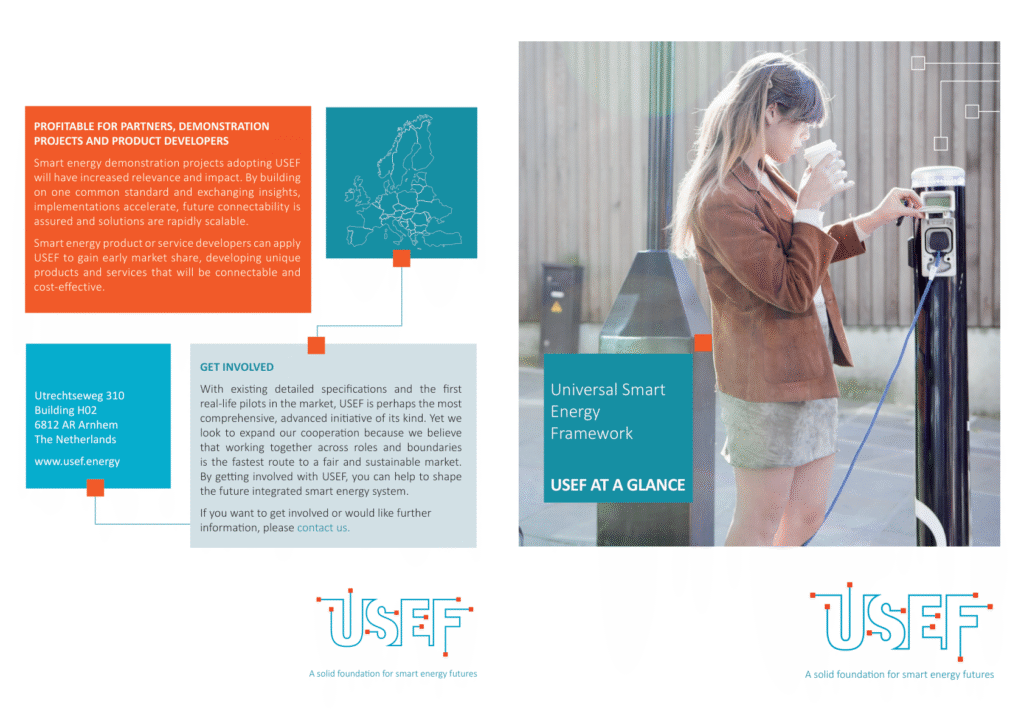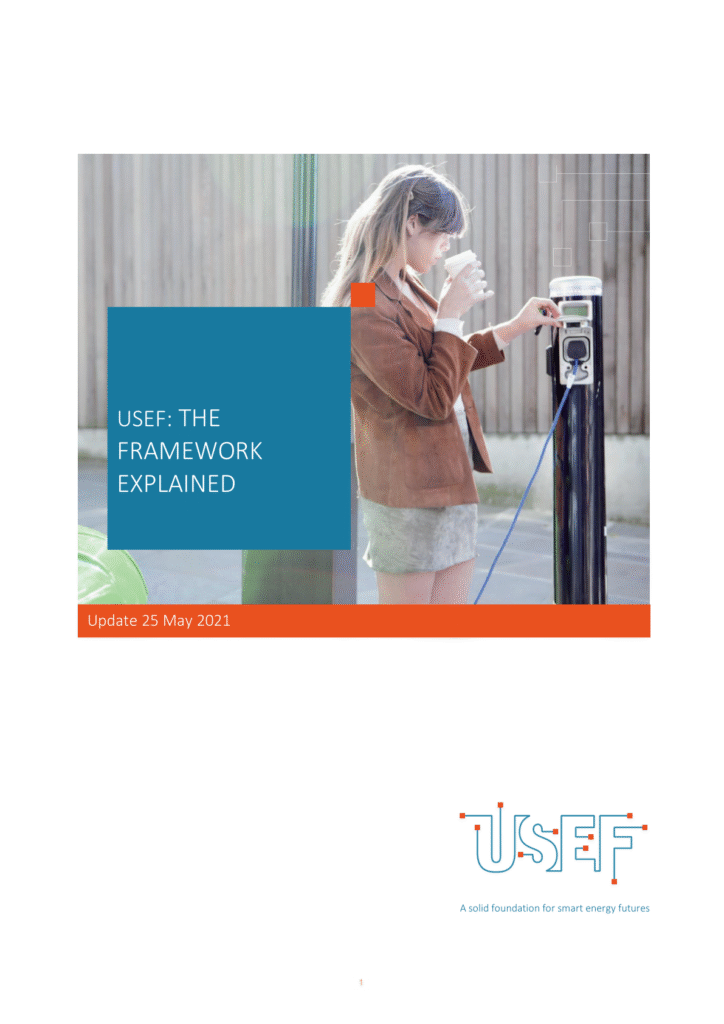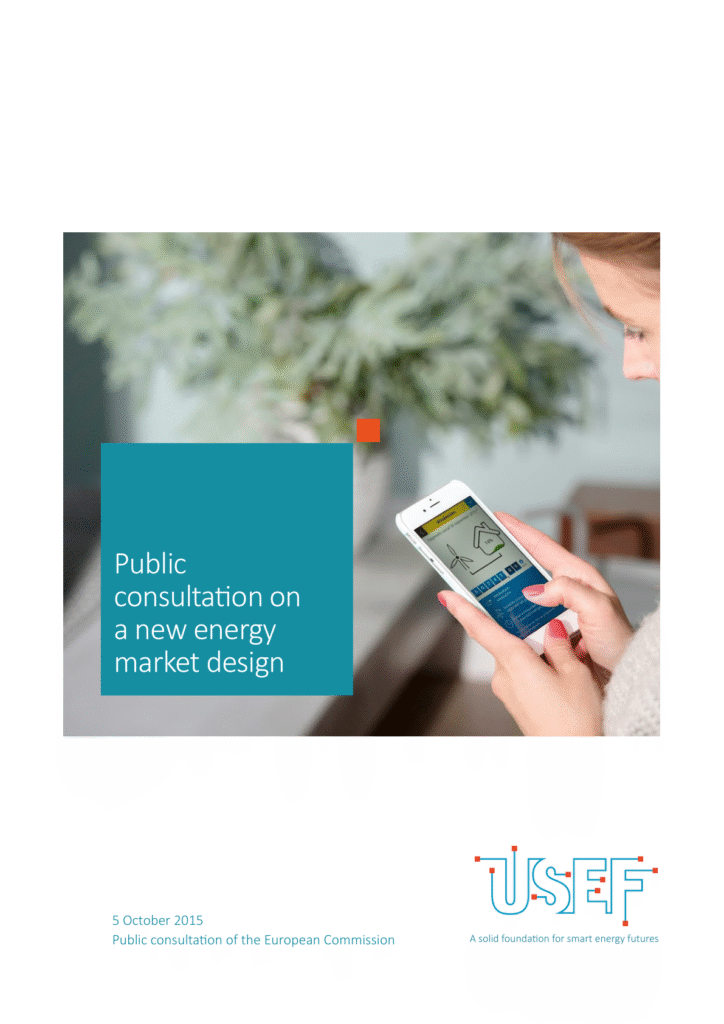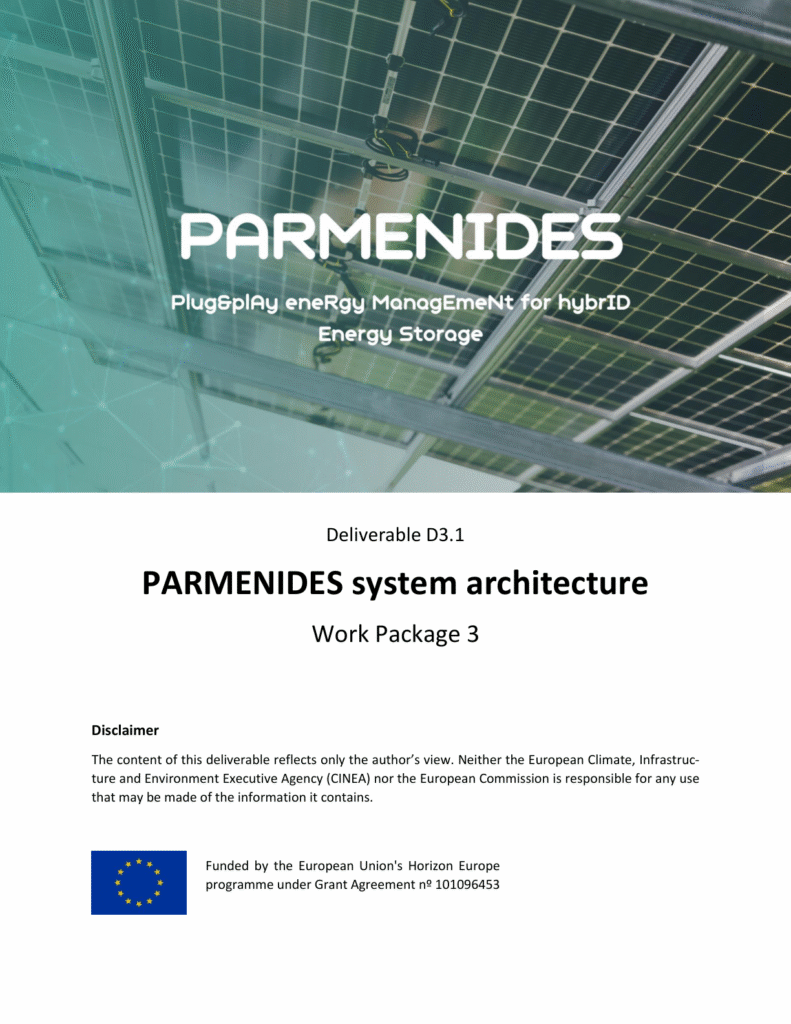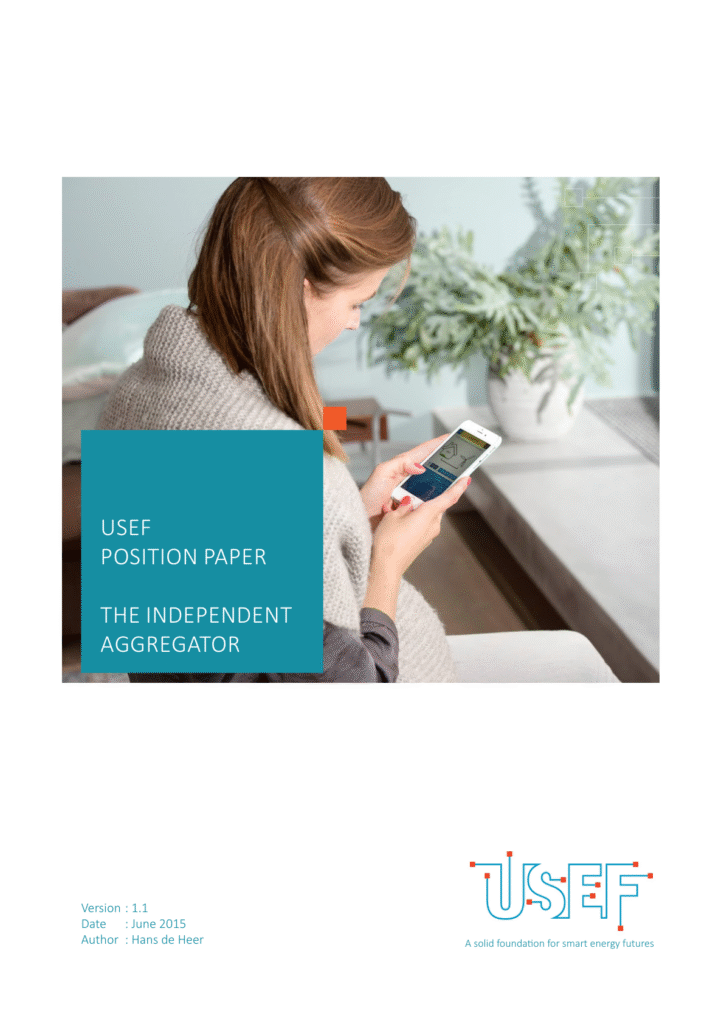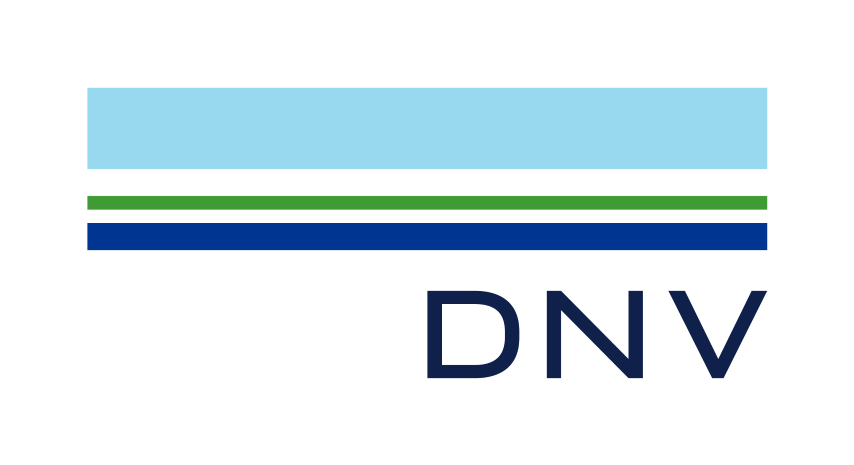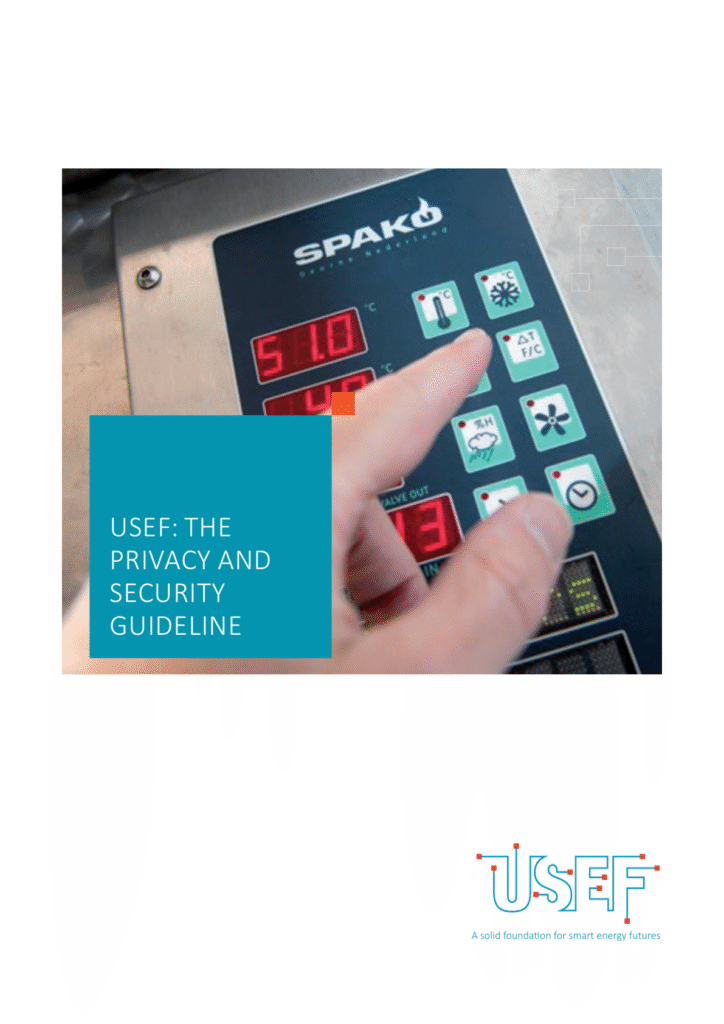Universal Smart Energy Framework
A common language for trading flexibility, enabling congestion relief and renewables integration.
From isolated pilots to system change: building the framework for flexibility
The success of early smart energy pilots showed what was technically possible, but also revealed a critical gap: true system change would never emerge from scattered projects alone. The energy transition required a common framework to embed flexibility structurally into the market — enabling households, businesses, and devices to actively support grid balancing without compromising reliability. USEF was created to fill this gap, providing a shared market model of roles, processes, and value exchange that turned fragmented innovation into a scalable, investable system.
A unified market model: clear roles, processes, and value exchange
We defined a European reference architecture for flexibility markets with clear roles, transactions, and responsibilities to eliminate overlap and regulatory ambiguity. By standardizing processes from forecasting and nomination through to settlement, we enabled true plug-and-play participation. To safeguard neutrality, an independent foundation was created to steward the framework and align stakeholder interests. The design was grounded in real-world implementations to ensure both bankability and regulator-readiness, while remaining extensible to integrate congestion management and renewables without re-architecting.
From pilots to scale: embedding flexibility as the backbone of the European energy transition
USEF laid the foundation for local and national flexibility markets in the Netherlands, the UK, and Germany, and became a reference model for TSO-DSO coordination in major EU projects such as INTERRFACE and OneNet. Its framework was consolidated within the EU BRIDGE program and directly shaped regulatory debates by ACM, ENTSO-E, and the European Commission, feeding into the Clean Energy Package and flexibility obligations for system operators. ↗
From vision to reality: leading the world’s first smart grid
I spearheaded the transition from early pilot projects to a market-wide standardization initiative, shaping USEF into the leading framework for energy flexibility. By building a consortium with partners such as Alliander, DNV GL, ABB, and IBM, and securing both funding and governance, I created the foundation for scalable impact. Leading a 60-strong core team, I guided development and international positioning, strategically defining USEF as the market layer for unlocking and monetizing flexibility.
Transfer
- Neutral governance shortens developments times.
- Standardization is crucial to tranfer flexibilty into bankable market value.
- Integration of flexibility in market regulations at European level is essential to resolve grid congestion and balancing at the same time.
Recognition
- European Smart Energy Award (2016) ↗
- Energy Market Innovation of the Year Award (2017) ↗
- Balance of Power institute Award (2019) ↗
